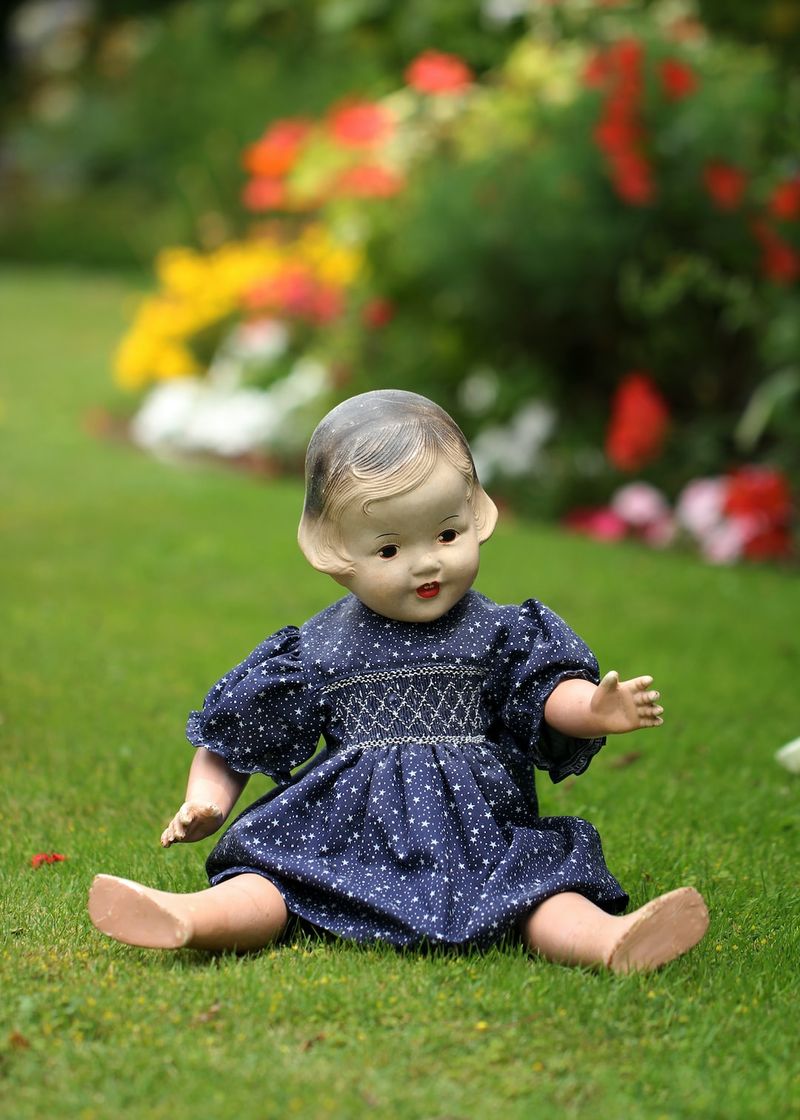Report: Margot Robbie Wanted ‘Revenge,’ Made an Entire ‘Barbie’ Film to Get Back at Her Sister
A Film for Empowerment and Revenge
In a surprising revelation, actress Margot Robbie admitted that she wasn’t a big fan of Barbie dolls during an interview about her upcoming film, “Barbie.” Robbie, who portrays the iconic fashion doll, revealed that while she did not play with Barbies as a child, her sister and cousin were avid collectors and enthusiasts. This candid confession left many fans stunned, but it also provided a unique insight into Robbie’s motivation for taking on the role and how she aimed to use it as an act of revenge.
During the interview, Ryan Gosling, who was seated next to Robbie, playfully asked her if she was on good terms with her sister now. Robbie assured him that all was well between them, but when asked if the movie was a form of revenge, she cheekily replied, “That’s all this movie is, getting back at my sister.” This candid response shed light on the personal and emotional connections that actors can have with the roles they play and how it can feed into the development of a character.
Mastering the Character and the Hero’s Journey
Despite not being a big admirer of the doll, Robbie acknowledged that she understood how to master the character of Barbie. Her dedication to portraying the elegant fashion doll in a captivating manner was evident in every aspect of her performance. Robbie’s commitment to the role extended beyond personal motivations and delved into the deeper understanding of the character’s journey.
Greta Gerwig, the director of “Barbie,” shared her vision for the character with Robbie. The actress recalled Gerwig’s desire for Barbie to go on a classic hero’s journey, drawing parallels to the Buddha’s journey to enlightenment. Robbie, coincidentally reading Joseph Campbell’s book “The Hero With a Thousand Faces” at the time, immediately resonated with Gerwig’s vision. She expressed her excitement about playing a character on this kind of journey, one she had not experienced before.
This collaboration between Robbie and Gerwig showcased the intersection of art and philosophy, highlighting the transformative power of storytelling. By infusing classic mythological archetypes into the narrative, Gerwig aimed to elevate the Barbie character beyond the superficial perceptions often associated with the fashion doll. Through this approach, the film promises depth and empowerment for its young target audience, as well as thought-provoking themes for adult viewers.
Editorial: Empowering through Art and Personal Reflection
Robbie’s candid disclosure reveals the potential impact that personal experiences and motivations can have on the creation of art. By bringing her own emotions into the role of Barbie, she has the opportunity to challenge societal perceptions and empower young girls who may feel marginalized or unseen.
The symbolic act of revenge against her sister adds an intriguing layer to Robbie’s performance. It raises the question of how personal motivations can shape an artist’s interpretation and representation of a character. This act of revenge, whether real or symbolic, offers an avenue for exploring deeper themes such as identity, sibling dynamics, and personal growth.
Furthermore, the decision to infuse the Barbie character with a classic hero’s journey speaks to the ongoing evolution of storytelling and the recognition of the power of archetypes in capturing the human experience. By incorporating these timeless narratives into the film, “Barbie” has the potential to transcend its origins as a mere fashion doll and become a vehicle for inspiring personal growth and empowerment.
Advice: Embracing Personal Motivations and Empowering Narratives
Robbie’s approach to portraying Barbie, driven by her personal experiences and desire for revenge, serves as an example of how artists can use their craft to make meaningful contributions to society. It encourages actors and creators to tap into their own emotions, motivations, and life experiences to breathe life into their characters and narratives.
Through personal reflection and shared understanding, artists can create stories that resonate with diverse audiences and offer empowering messages to those who need them most. By embracing personal motivations and incorporating them into their work, artists can add layers of authenticity and relatability that have the power to inspire and uplift.
Furthermore, the film industry should continue to explore the intersection between classic narratives and contemporary themes. By infusing age-old storytelling techniques with modern sensibilities, filmmakers can create works that are both intellectually engaging and emotionally resonant. This fusion provides an opportunity to bridge generational gaps, challenge stereotypes, and open up platforms for important conversations.
Overall, Margot Robbie’s revelation regarding her motivations for portraying Barbie adds a captivating layer of complexity to the upcoming film. As she channels her personal experiences and desire for revenge into her performance, “Barbie” has the potential to become a thought-provoking and empowering cinematic experience for audiences of all ages.

<< photo by Womanizer Toys >>
The image is for illustrative purposes only and does not depict the actual situation.
You might want to read !
- Adeem the Artist Puts a Fresh Spin on Jason Aldean’s ‘Try That in a Small Town’: A Hilarious Parody for the Ages
- “Weaving Dissent: Unraveling the Surprising Disbandment of ANTI-FLAG”
- The Controversy and Emotion: Tennis Player’s Tearful Retirement
- Barbie: Margot Robbie’s Film Critiqued – Evaluating the Critics’ Verdict
- “The Untold Story: Why Margot Robbie Felt Compelled to Hide from Clint Eastwood”
- Why Margot Robbie and America Ferrera Can’t Get Enough of OG Barbie Nicki
- “Raylan Givens Rides Again in ‘Justified: City Primeval’”
- Tensions Rise: Vladimir Putin Promises Retaliation Following “Terrorist” Attack on Ukraine
- Editorial Exploration: Analyzing the implications of the Powerball drawing, examining the impact of the lack of a big winner.
Title: “Powerball Drawing on July 15 Ends Without a Jackpot Winner, Leaving Excitement for the Next Draw”
- The Top 5 Standout Moments from the 2023 Premios Juventud Rehearsals
- Exclusive: Unveiling Matthew McConaughey’s Greenlights Grant Initiative – A Pathway to Empowerment and Success
- Exploring the Charismatic Cast of ‘Sweet Magnolias’ Season 3: Get to Know the Characters




